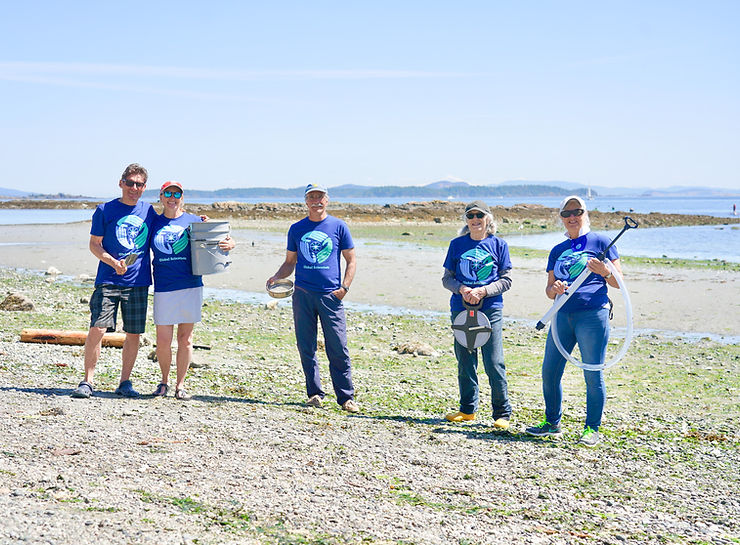Community Science Advances Microplastics Research

Global environmental awareness events like Plastics Free July, Earth Day, Ocean Week and Recycling Awareness Week have long emphasized personal actions to reduce your plastic footprint. While individual efforts are undoubtedly impactful, this year calls for collective action that extends beyond personal activities. Community Science (otherwise known as citizen science) is the general public helping to collect local scientific data to inform policies and protect ecosystems and wildlife.
This year, community scientists are taking collective action in local communities to detect microplastic pollution, inform policies and prevent microplastics from entering waterways. By using innovative technology such as Ocean Diagnostics' Saturna Imaging System, community scientists can gather and analyze data, contributing to a deeper understanding of environmental issues and aiding in solution development to safeguard our natural resources. Together, with the right tools, we can all drive change.
Microplastics, defined as plastic pieces smaller than 5mm, have become an ongoing environmental concern, found everywhere from mountain tops to deep ocean seabeds. Their small size and abundance render them nearly impossible to remove from the environment, making it crucial to prevent their spillage into the environment in the first place.
When microplastics enter the environment, animals mistakenly eat them which can lead to a false sense of fullness without receiving adequate nutrition. Microplastics can also cause blockages in the stomachs of small animals or leach harmful chemicals, resulting in hormone imbalances. At the ecosystem level, microplastics also have the potential to transfer bacteria or introduce invasive species to marine animals and new environments.
Stopping microplastic pollution at its source is difficult because microplastics are extremely diverse and come from many different activities.
There are two major types of microplastics: primary and secondary microplastics. Primary microplastics are intentionally manufactured small plastic products, such as "nurdles" or plastic pellets used in the manufacturing process of everyday plastic items.
Secondary microplastics are created when larger products break down, including fibres from clothing, small pieces of car tires (tire wear) due to road contact and abrasion, polystyrene beads from flotation devices and other fragments from broken down single-use plastics, cups, cutlery, bottles and more.
To truly combat plastic pollution, we must develop policies and prevention strategies that target these specific sources.
That said, sources differ depending on the location.
To empower scientific data collection for the public, we developed the Ocean Diagnostics Community Science Toolkit. The resource equips anyone with the necessary tools and technology to help protect the planet from microplastic pollution.
The Toolkit includes educational resources about microplastic pollution and community science, a sandy beach microplastic sampling protocol, a data evaluation guide to identify the types of microplastics and understand the sources of litter, communication and advocacy tools to address solutions and our Saturna Imaging System which uses machine learning to count and characterize visible microplastics.
The Ocean Diagnostics Community Science Toolkit was specifically designed to empower community scientists. It allows community members to engage with the issue, learn about it and create solutions that extend beyond personal actions to reduce plastic waste.
It has already been used in community studies, where citizen scientists have identified different sources of microplastic pollution and are actively working to implement mitigation strategies. For example, in a study on Vancouver Island, 50 volunteers used the Community Science Toolkit and discovered that the majority of microplastics on local beaches were polystyrene. These community scientists are now working to keep this material out of the marine environment.
Community science presents a powerful "many hands make light work" approach to expand microplastics research and tackle the challenges posed by these pollutants. By leveraging readily available new technologies, community scientists can make remarkable strides in enhancing our understanding of microplastics and actively contribute to mitigating microplastic pollution.
Ocean Diagnostics Inc. (ODI) is a Victoria, B.C.-based environmental impact company that diagnoses and protects our planet from the threats of plastic pollution and biodiversity loss. Through innovative technology, cutting-edge laboratory capabilities and collaborative partnerships, ODI enables scientists and the public to collect the data needed to influence local and global solutions.
